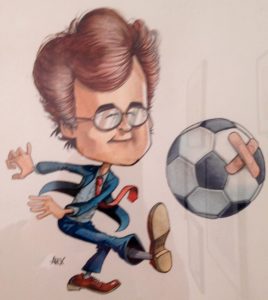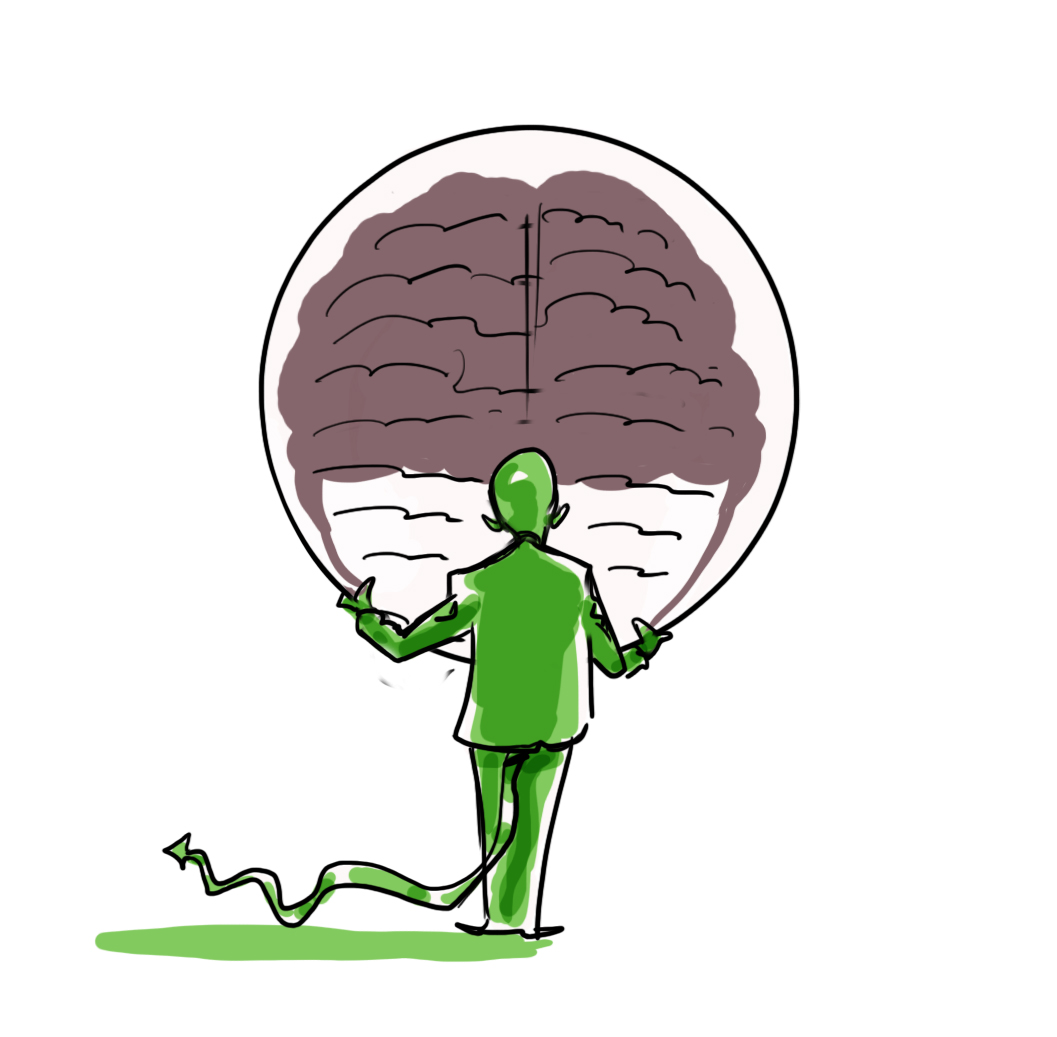It is impossible if you operate in sports or media, to not feel you are constantly playing buzzword bingo.
Social media allows us all to “brand” ourselves as experts on the meme of the day, and in my sector, its cut-the cord, over-the-top(OTT), B2C, rights owner content strategy, unbundling of paytv, data led engagement.
The challenge for clients is to understand who knows, and who doesn’t? Whose bluffing and who has real experience?
Here is another buzzword. Storytelling.
And in my story, Scotland wasn’t bluffing. We lived it.
Football in Scotland, in recent years, has not been known as an innovator or star performer. But in one area it had genuine leadership within its grasp. In 2002, yes 15 years ago, it devised a league owned and managed content strategy separate from the broadcaster. It was called SPLTV.
The catalyst for such audacious daring was not heroic; it was because in 2002 the media sector was on its back, after the dotcom bust and 9/11. BskyB was the only game in town, and rightly took advantage. Rights tendering was and is mainly about timing and competitor pressures. Don’t let anyone tell you it’s more sophisticated. The pitch is really “how many subscribers does he gain, and you lose, if you don’t bid higher again”. Ergo, if there is no competitor, you are in trouble. In 2002, all rights holders were in trouble.
Sky had bid £12m in 2002 for the SPL, no increase on the previous rights cycle of 1998. Independent valuation done by Mark Oliver had shown the value of the underlying game assets of the SPL could have aspired to £50-60m. To be fair to the superb Mr Oliver, he had done this 12 months previous.
The SPL Board was obliged to try and bridge that gap. So SPLTV was born.
Today, IMHO, it safe to say that every new OTT platform proposed and marketed today is basically a copy of what the Scottish Premier League devised in 2002. Sure, there was no element of social media led marketing, nor the digital monetisation of data, (Facebook would not be invented for another 2 years!). But the concept of getting closer to your own fan, and realizing that only in this way could you brand and present your sport as you saw fit, was the cornerstone. It’s now become sports marketing 101.
To their enormous credit, 83% of Scottish clubs had had the vision and courage, to see and follow this virgin path. Tragically, however, the league threshold for approval was 92%!!!
It never happened. Scottish football was denied the opportunity to lead the sports broadcast world, and that is no exaggeration. It was the equivalent of the Don Masson penalty miss against Peru in 1978. To continue the metaphor, it was the Dutch that later twisted the knife. Nearly 10 years later this model was copied successfully by the Dutch league. http://www.goal.com/en/news/462/netherlands/2012/08/08/3295244/fox-buys-eredivisie-broadcasting-rights-in-1bn-deal.
Regrets, I’ve had a few………but back to the present. Not a day passes without someone now asking me about this period. My current rights owner clients, sports digital platforms, financial investors looking for the big global play to pitch to Amazon, or those currently negotiating with the encumbent paytv bidders. And of course the media.
Here is what I hope is a good summary of where we are now. Compared to then.
We have undoubtedly reached peak PayTV. They are polarizing their content strategy around must-have rights, and even there they are resisting rights inflation. Serie A will be the first test. Secondary sports are being dropped. That tier below now must seek their own future in OTT, where the best model for them is with cheaper production solutions like Pixellot, and distribution socially. The table tennis Lad Bible deal shows the future. http://digitalsport.co/2-1m-watch-table-tennis-on-facebook-live.
We have also reached peak sports sponsorship. Not mentioned as often, but sport’s dark secret. In that it is clear that brands can “reach that same audience” programmatically, or via an intelligent branded content strategy. “What actually does official status give me extra?” Most rights holders are woefully ill prepared, to answer the brand’s question.
So sadly, we will continue to live with our buzzwords. But in reality, they have never been more pertinent. Ignore them at your peril. The ecosystem that funded European sport since 1992 is ending. Slowly in the case of the elite rights. Quickly, for those sports not so lucky.
Sports rights holders will need to know how to devise a content strategy around snackable content for GenZ, whilst satisfying the older audience. They will need to know how the social platforms work in r eality, not what the textbooks say. Companies like GiveMeSport will play a much bigger part in distribution. Rights owners will need to be able to credibly define and prove an audience, explaining why access to that audience with them is unique and valuable enough for a sponsorship, as opposed to a simple media buy.
eality, not what the textbooks say. Companies like GiveMeSport will play a much bigger part in distribution. Rights owners will need to be able to credibly define and prove an audience, explaining why access to that audience with them is unique and valuable enough for a sponsorship, as opposed to a simple media buy.
And they better really understand data, to change their mindset to that of an Amazon or a Spotify. This is the most important step. This is the Rubicon.
Scottish football would have had a 15 year lead in all of this.
The author, Roger Mitchell, was CEO of the Scottish Premier League from 1998-2002.
He continues to advise rights holders globally. He is Chairman of Breakingdata Inc, the listed Canadian owner of GiveMeSport, the leading Facebook sports publisher.




